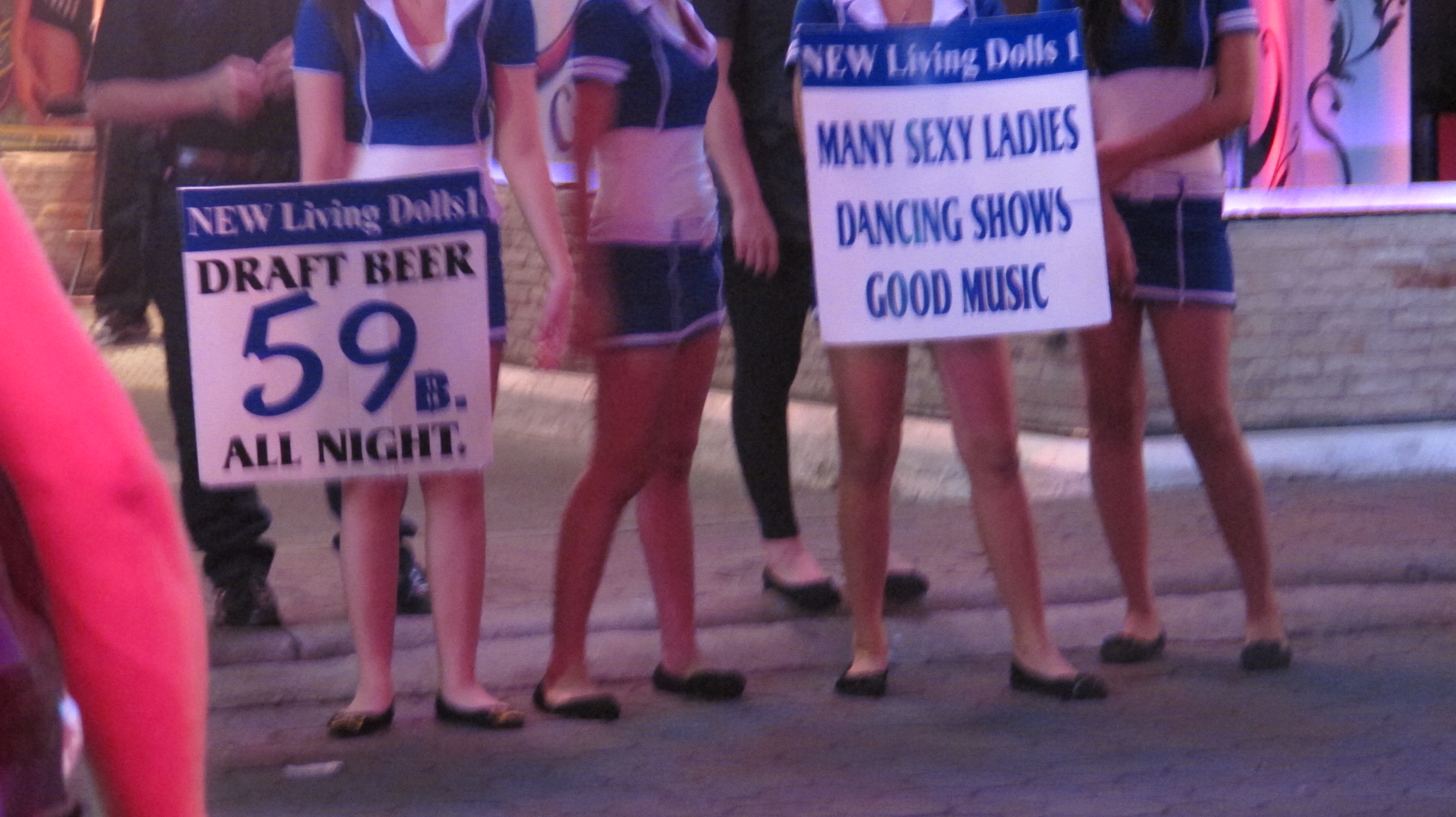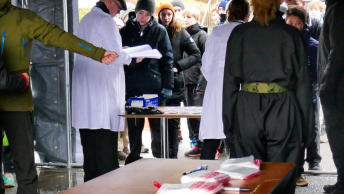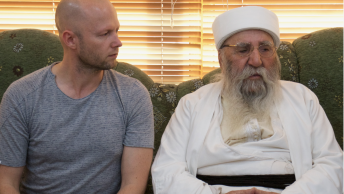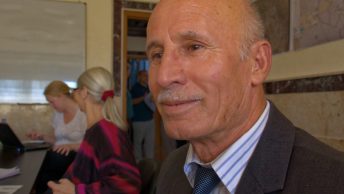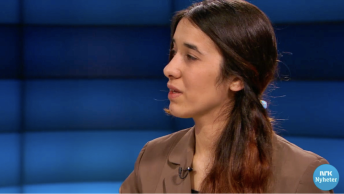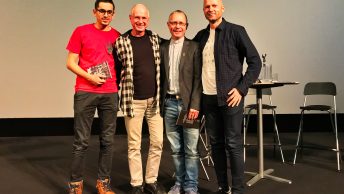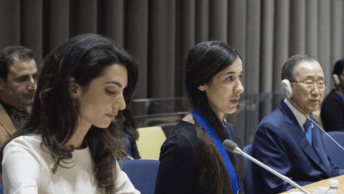(BOOK REVIEW) Pattaya is, as anyone’s who’s either visited or lived here for more than five minutes well knows, a place with a reputation for providing pleasures of the flesh, at a price.
There are businesspeople in Pattaya who like to pretend this is not the case, or at least it’s not as dominant a factor as it once was. While there is some truth in this, the simple reality of having literally hundreds of places where a casual sexual encounter or the groping of an anatomical protuberance can be arranged in the blinking of an eye means Pattaya’s raison d’être remains firmly rooted -if you’ll pardon the use of a very Australian vernacular- below the waistline.
While much of the rest of the world looks down its collective nose at the Pattaya paradigm, it may well be argued (and I shall try to do so over the succeeding paragraphs) that the Extreme City is actually one of the most honourable examples of the true nature of the human condition anywhere on the planet.
The central theme of Sex at Dawn, a book published in 2010, and authored by psychologist Christopher Ryan, is that monogamy is unnatural and even unhealthy for humans. Ryan claims we are hard-wired for promiscuity. I think I just heard a cheer emanating from the direction of Soi 6.
Using a clever combination of anthropology, anatomy, archaeology, primatology, and palmistry (OK, I added that last one), Ryan attempts to debunk what he calls the ‘standard narrative’. This is that humans evolved in families where a man’s possessions and protection were exchanged for a woman’s fertility and fidelity.
Ryan says, “Since Darwin’s day we have been told that monogamy is natural, that it’s the way we evolved. But this is not true, and never has been. Monogamy is a choice, not a default position for our species. And it comes with social costs that have to be recognised.”
Ryan claims humans lived for two million years in small, interdependent, highly egalitarian groups who shared everything, including sex. “Evidence suggests that our pre-agricultural ancestors would have had several ongoing sexual relationships at any one time. These overlapping, intersecting sexual relationships strengthened group cohesion and could offer a measure of security in an uncertain world.”
Apparently all this free love ended when we discovered agriculture and began settling down to farm the land.
Sex at Dawn contains many examples of isolated societies that still exhibit vestiges of this more communal, ancestral attitude to sex. They include the Inuit, who early explorers found to practise a system of spouse exchange, and the Warao, of Brazil, who periodically suspend ordinary relations to celebrate ‘mamuse’, a festival during which adults are free to have sex with whomever they choose. Then there is the famously libidinous Trobriand Islanders, the Kulina of Amazonia, and the Mosuo, of south-western China, who consider a vow of fidelity inappropriate. Somehow, Pattaya was missed in the study, perhaps because there is a lot more monetary involvement in the fluid exchanges than in these other societies.
Perhaps if the working girls here were happy to be given a couple of cows or a dozen coconuts instead of the folding stuff then Pattaya might be a place where anthropologists and the like could conduct further in-depth studies.
Even among animals it seems monogamy is not the default position. If humans had indeed evolved to be monogamous we would be in a tiny minority, according to Professor Leigh Simmons, a biologist at the University of Western Australia’s Centre for Evolutionary Biology. He is quoted as saying, “Most of the work on animal mating systems up until about 20 years ago assumed that many animals were monogamous. But when scientists began using DNA technology to analyse parentage, they discovered that many animals had multiple fathers for different offspring.”
Ryan also writes of the size of men’s testicles. He has the balls to say that sexual monogamy may be part of the reason human sperm counts and testicular volumes have been quantifiably shown to be less than they once were.
Somewhere there simply must be a cache of cash available from some institute or place of higher learning just itching to spend it on a study into the ‘load volumes’ of the average two-week millionaire visitor to Pattaya via-a-vis the 25-year or more married subject.
Ryan claims he is not an advocate for polyamory, which means having multiple partners at any one time. He suggests his book is aimed at enlightening the average person to the reality of our species and not the “fairytale misrepresentations of human nature promoted by religious organisations and other cultural forces.”
All this talk of poly-wants-more-cracker leads me to the thought that Pattaya denizens and visitors, whenever they return from whence they came, be it for a visit or forever, should be proud of their efforts at humanitarian enlightenment.
Instead of furtively pretending they were attracted by the golf courses and gilded temples, they should openly state they have found a new ‘religion’ and its name is polyamory. Just hope that no one asks you to spell it.

